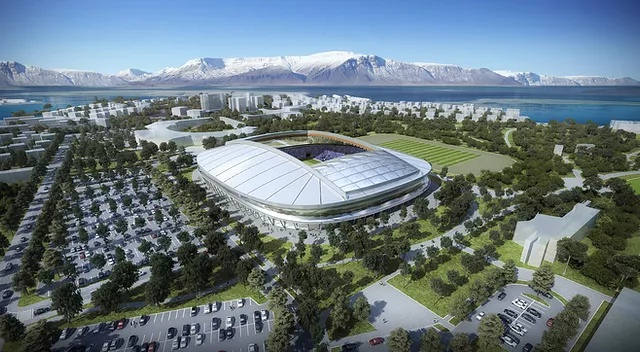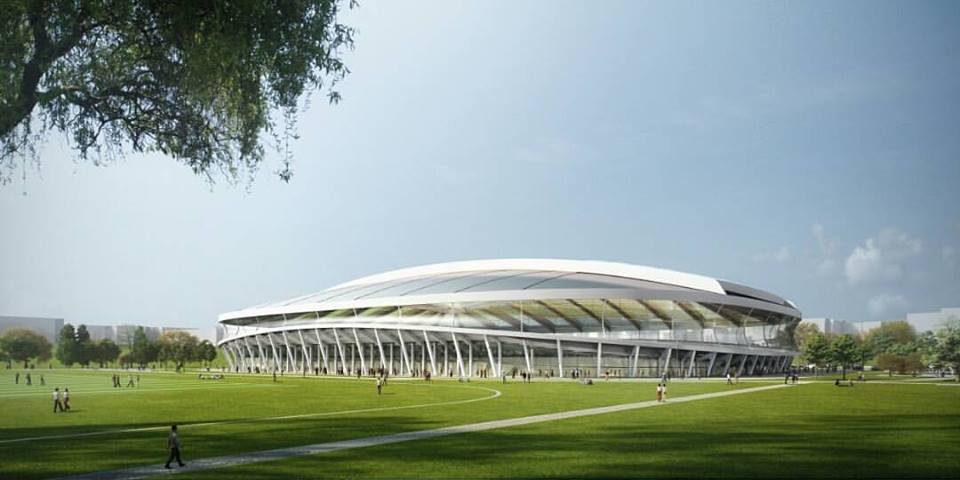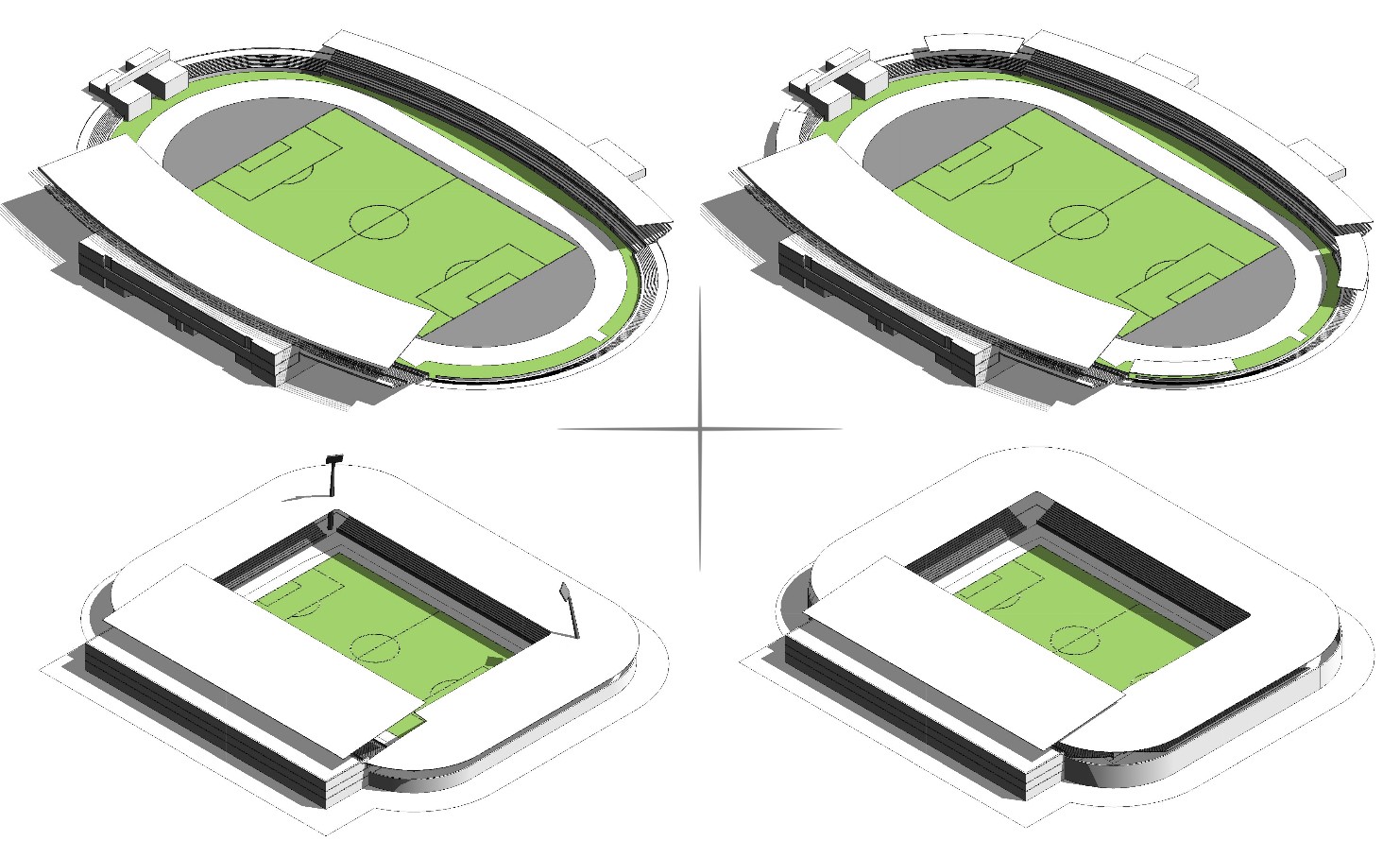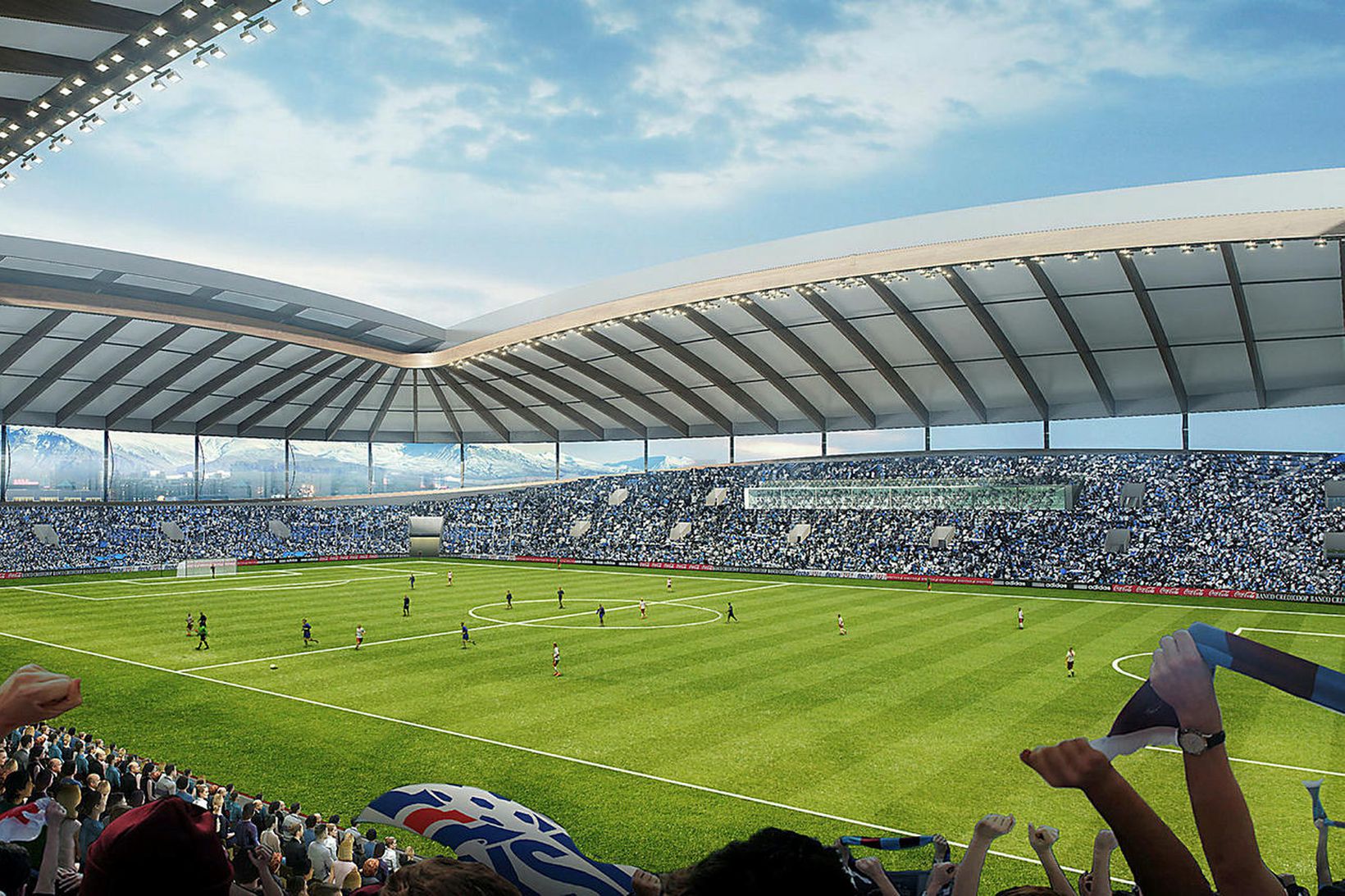Iceland: New National Stadium not moving ahead as planned
source: StadiumDB.com [TS]; author: Tomasz
 Despite months of talks, there’s still no financing agreement between the city of Reykjavik and the government of Iceland. New national stadium is needed as the current Laugardalsvöllur is lagging behind UEFA requirements.
Despite months of talks, there’s still no financing agreement between the city of Reykjavik and the government of Iceland. New national stadium is needed as the current Laugardalsvöllur is lagging behind UEFA requirements.
Advertisement
For the last half a year there was no noticeable progress on the new national stadium front in Reykjavik. In late June we may have received an explanation as to why that might be. Iceland’s finance minister Bjarni Benediktsson suggested in an interview that the city of Reykjavik doesn’t seem interested in delivering on its part of the funding.
As agreed last year, following talks running since 2018, the new national stadium of Iceland is to be delivered in a three-way partnership, between the city of Reykjavik (50%), the government (42.5%) and the Icelandic Football Association (KSÍ, 7.5%). But, despite the city’s desire to be the main shareholder, it doesn’t seem that Reykjavik is willing to put forward as much money into what is believed to be a massive ISK 15 billion project (€103m / $122m).
 © Zaha Hadid Architects, EOS Architecture
© Zaha Hadid Architects, EOS Architecture
Replying to the minister’s suggestions by the end of June, Reykjavik’s mayor Dagur B. Eggertsson argues the city is ready to take part. But at the same time he stresses that the city prioritises investments benefitting amateur sports.
The city would be ready to contribute the equivalent of the current fund to Laugardalsvöllur for the project. However, the city is not ready to take responsibility for the risk in the actual construction or operation of the stadium. The state or KSÍ or other parties would have to be involved
Eggertsson said to MBL.is.
This may prove very problematic if no agreement is reached sooner than later. The current Laugardalsvöllur no longer meets UEFA requirements, nor is it viable in the long run. Back in 2019 the famous Zaha Hadid Architects and local EOS Architecture joined forces to create a vision for a new stadium, which is depicted in the renderings attached to the article.
 © Zaha Hadid Architects, EOS Architecture
© Zaha Hadid Architects, EOS Architecture
That vision should only be treated as illustrative as the design doesn’t entirely fit the guidelines currently in place. It suggested a stadium for 20,000 people with a retractable roof, while currently a smaller venue is planned, of app. 15,000 seats. Analysis carried out last year by AFL Architects recommend the smaller venue as most realistic.
What did AFL recommend?
The British architecture company, commissioned by the Icelandic government, carried out an in-depth analysis of the profitability of building a new National Stadium in the country's capital. The considerations took into account environmental, cultural and demographic factors, as well as revenue-to-cost estimates for four concepts:
-
ad hoc modernization of the current stadium,
-
modernization of the current stadium to meet all UEFA and FIFA requirements,
-
construction of a new stadium with a capacity of 15,000 with or without a sliding roof,
-
construction of a new multi-purpose stadium with a capacity of 17,500 with or without a sliding roof.

The first two options were rejected as having no economic justification in the long run. The option to build a stadium for 15,000 was presented to the Icelandic government as the most advantageous. In the variant without a retractable roof it would break even (before real estate taxes) in 15 years, which represents the best variant economically. If the costly closing roof is selected, the economic balance doesn’t look as good, however indirect benefits would include a greater economic stimulus, according to the AFL analysis.
 © Zaha Hadid Architects, EOS Architecture
© Zaha Hadid Architects, EOS Architecture
The next step is the negotiations between the government and the Reykjavík authorities regarding the conditions for the construction of the venue. It’s the very moment we’re at, and where things seem to have been stuck. According to AFL’s projected timeline from last year, by now the project should have been in advanced planning in order to be delivered by the end of 2023.
Laugardalsvöllur, currently having 9,800 seats available, was built in 1957 and has been revamped several times since then. It is the second smallest National Stadium, taking into account European countries whose national teams are in the top 100 of the FIFA ranking. The facility does not fully comply with UEFA's category IV requirements. Therefore, it requires concessions from UEFA, as well as special preparations in organizing matches of the Iceland national team.
Author: Tomasz Sobura, MK
Advertisement
 StadiumDB
StadiumDB